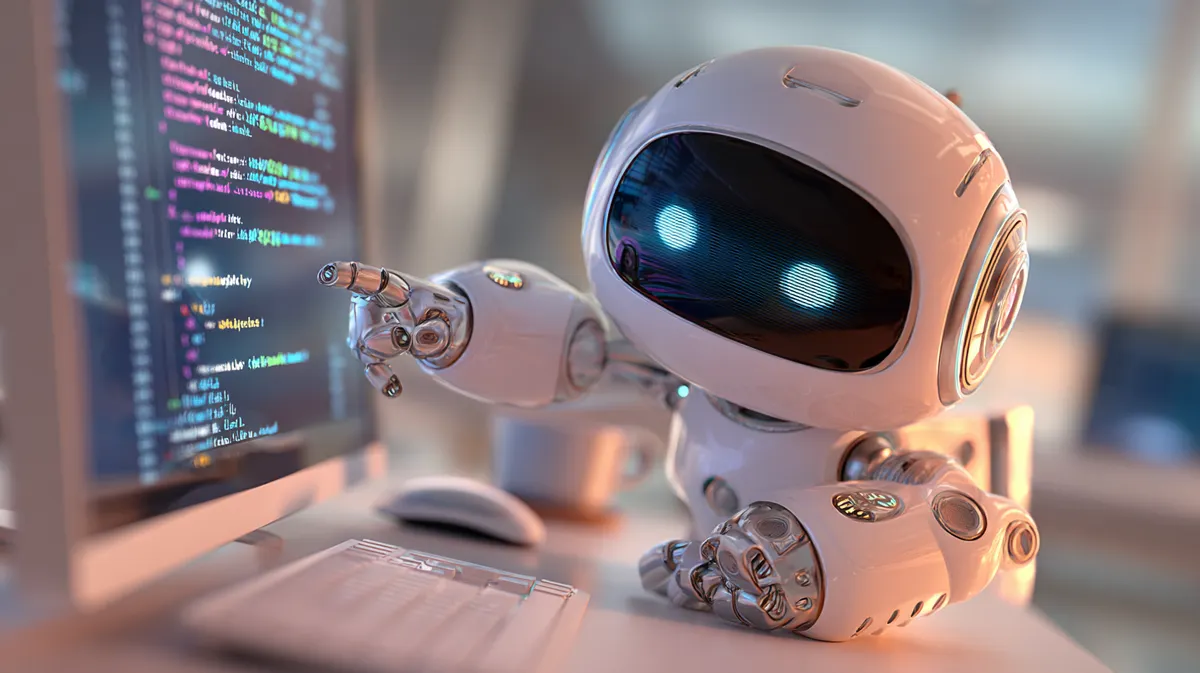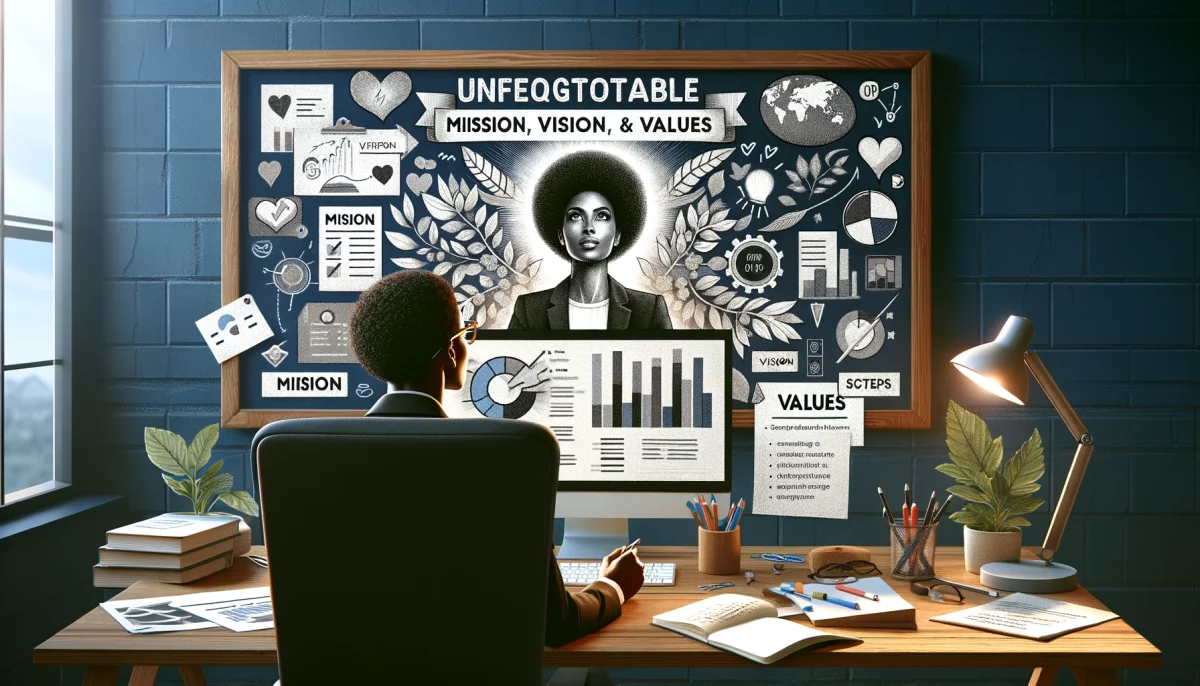Discover Cognitive Software Engineering and how Cognitive Software Engineering with AI-powered development elevates human ingenuity. Explore co-creation, autonomous pipelines, and intelligent software evolution.

Cognitive Software Engineering: How AI Elevates Human Vision in Development
Cognitive Software Engineering is redefining the relationship between human creativity and machine intelligence. With generative AI, neural compilers, and autonomous pipelines, software now intuitively evolves while humans define the purpose and vision behind it.
-
Introduction: AI-Written Code, Human-Defined Vision
-
The End of Coding as a Mechanical Discipline
-
The Rise of the Intelligent Development Stack
-
Human Vision: The Irreplaceable Catalyst
-
The Future Team: Humans Leading, Machines Amplifying
-
The Moral Imperative: Technology With a Soul
-
Case Study: AI-Powered Development in Action
-
Conclusion: Cognitive Software Engineering as the Future
Introduction: AI-Written Code, Human-Defined Vision
In the intelligent-software era, code is authored, optimized, and tested by AI systems, yet human vision remains central. Generative AI can draft modules, predict behavior, and streamline builds—but only humans can define product purpose, ethical boundaries, and cultural impact. This is not automation; this is co-creation, where machines amplify human ingenuity.
In the gilded dawn of the intelligent-software era, a profound shift is reshaping the art and science of development. Code — once the sacred language whispered only by architects of logic — is now being drafted, refined, and optimized by intelligent systems. With generative AI, neural compilers, autonomous testing engines, and agent-driven build pipelines, we stand at the threshold of an era where software no longer merely executes logic — it intuits purpose, refines itself, and evolves continuously.
Yet amidst this revolution, a single truth reverberates louder than any algorithmic breakthrough:
Artificial intelligence may author code, but only human vision can define the future.
Technology is no longer a tool — it is a collaborative creative force. And in this new paradigm, developers are not replaced; instead, they are elevated to orchestrators, designers of intelligence, and curators of digital possibility.
This is the story of how AI-powered development is building the future of apps, businesses, and digital ecosystems. Not through automation alone, but through augmented imagination and human-driven aspiration.
The End of Coding as a Mechanical Discipline

From Syntax Crafting to Vision Crafting
Traditional programming romanticizes the keyboard — the hours spent shaping logic line by line, debugging pixel by pixel. But today, the paradigm is shifting from manual creation to intelligent delegation.
Where developers once wrestled syntax, they now command semantic coding frameworks:
- Write a prompt, receive a functional module.
- Describe a behavior, generate a microservice.
- Specify a workflow, deploy an automated pipeline.
Code is no longer typed — it is composed. Crafted like a musical movement, not assembled like machinery.
The most powerful developers are no longer those who memorize functions — they are those who imagine boldly and instruct intelligently.
And in this evolution, a sacred principle emerges:
AI turns skill into scale, but human insight turns intention into innovation.
The Rise of the Intelligent Development Stack
Where Algorithms Become Engineers
AI-assisted development is not one tool — it is a constellation of intelligent systems:
| AI Layer | Function | Value |
| Generative Code Models | Write core logic & modules | Accelerated build cycles |
| AI Quality Engines | Test, detect vulnerabilities | Zero-defect engineering |
| Predictive UX Engines | Personalize UI flows | Adaptive user experiences |
| Autonomous Optimization | Improve performance, architecture | Continuous evolution |
| Multi-Agent Coding Systems | Collaborate like dev teams | Infinite scalability of effort |
These systems do not replace engineers — they unburden them. With AI, developers ascend from mechanical execution to high-order design thinking:
- From writing logic → designing intelligence flows
- From debugging → evaluating architecture
- From deploying → orchestrating ecosystems
The role of the engineer becomes strategic. Creative. Architectural.
Software development graduates from construction to cognitive engineering.
Human Vision: The Irreplaceable Catalyst
Code Can Be Generated — Purpose Cannot
AI can analyze behavior, optimize performance, and infer patterns — but it cannot dream.
It cannot:
- Envision a world that does not yet exist
- Design culture-shifting user experiences
- Understand human nuance, emotion, and aspiration
- Define ethical boundaries for technology
- Imagine paradigm shifts beyond training data
Human ingenuity remains the first spark and the final judge.
AI builds.
Humans dream, decide, direct, and refine.
The most powerful software of tomorrow will be born from the symphony of algorithmic intelligence and human imagination.
The Future Team: Humans Leading, Machines Amplifying
Co-Creation as the New Competitive Advantage
In the next decade, the winning product teams will not be the ones who code the fastest — but the ones who ideate with clarity and delegate with intelligence.
Teams will look like this:
- Architects of Vision — Define problem space and product destiny
- AI Interaction Engineers — Translate vision into system directives
- Ethics & Experience Designers — Shape safe, human-aligned systems
- AI Coding Engines — Write, test, secure, and optimize code
- Human Reviewers — Validate logic, purpose, and user value
The human becomes the strategist.
The AI becomes the executor.
This is not replacement — it is magnification.
The Moral Imperative: Technology With a Soul
We Code the Future We Choose to Live In
As powerful as AI is, software remains a deeply human responsibility.
We must ask —
- Does this system empower or surveil?
- Does it serve humanity or efficiency alone?
- Does it preserve dignity in a digital world?
AI can generate systems; only humans can generate meaning.
The new era of cognitive software demands ethical architects, not just technical ones.
Case Study: AI-Powered Development in Action

From 6-Month Build Cycles to 6-Day Product Launches
Modern enterprises using AI-driven development witness seismic transformation:
| Before AI | After AI |
| Manual coding pipelines | Autonomous build ecosystems |
| 100% human engineering effort | 30-70% human + AI collaboration |
| Reactive UX design | Predictive & adaptive experiences |
| Static logic | Self-optimizing architectures |
| Release cycles in weeks/months | Continuous, intelligent deployment |


